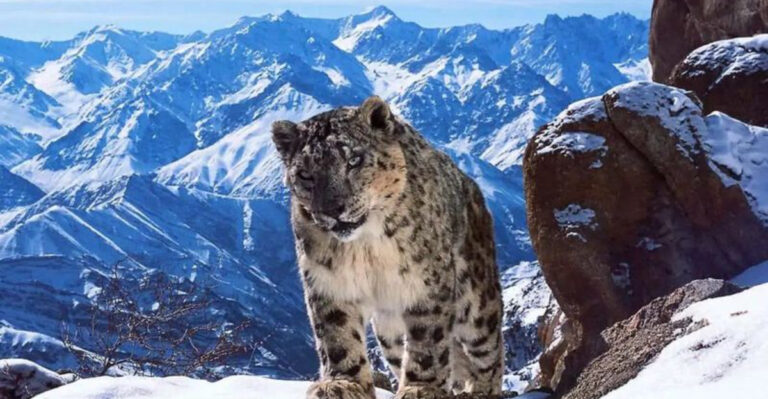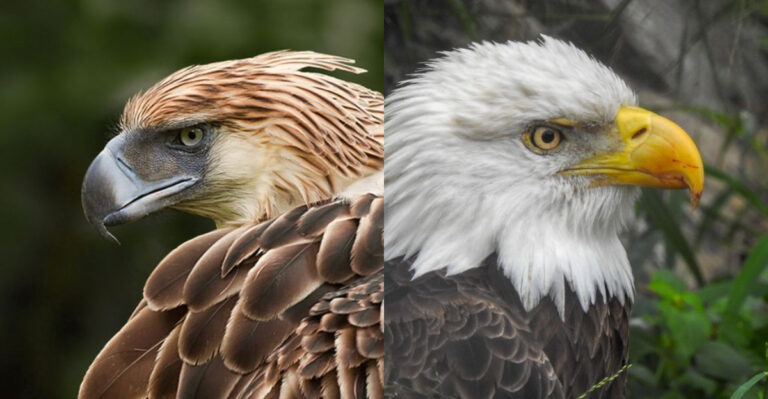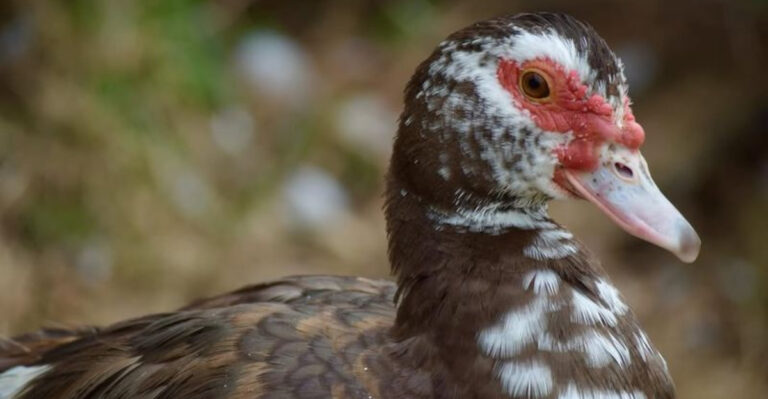9 Rarest Mammals On The Brink In North America (And 6 Resilient Species Thriving Against The Odds)
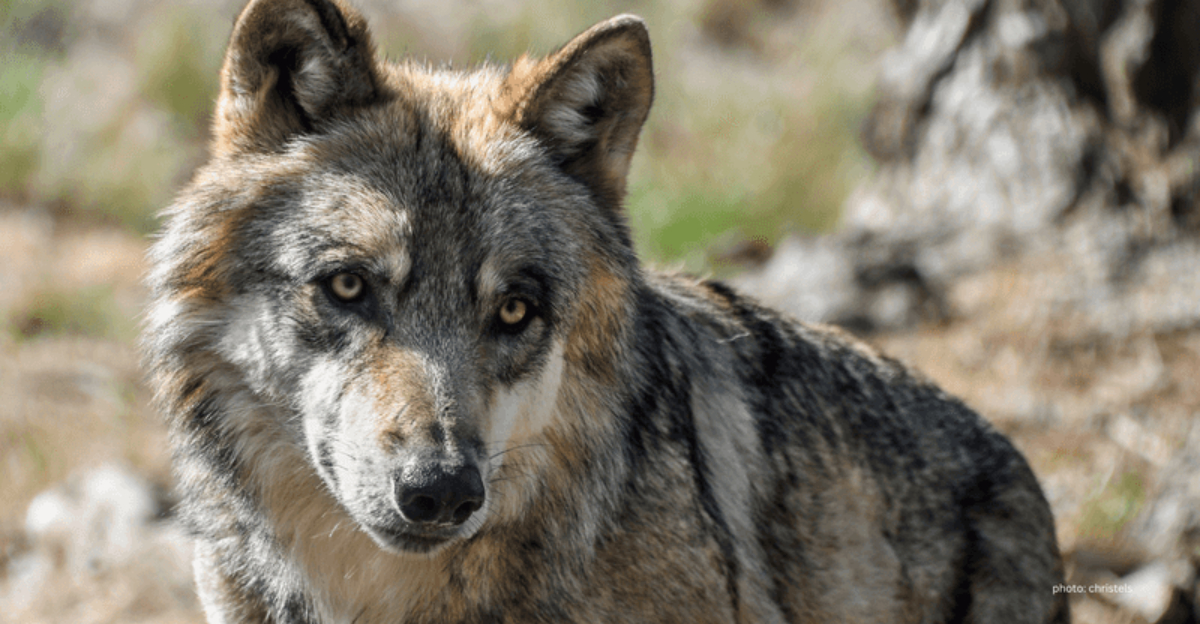
North America’s wildlife faces unprecedented challenges in our modern world. From habitat loss to climate change, many unique mammals teeter on extinction’s edge while others show remarkable resilience.
Understanding which creatures struggle and which thrive helps us better protect our natural heritage. Let’s explore the continent’s most endangered mammals and those beating the odds against similar threats.
1. Black-Footed Ferret – Nature’s Masked Bandit
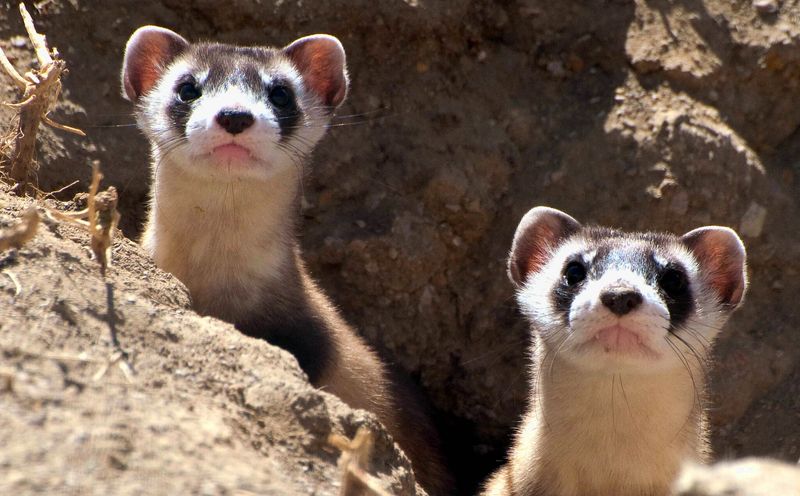
Once declared extinct in the wild, these prairie predators have made a miraculous comeback from just 18 individuals. Their distinctive black face mask and feet make them look like tiny bandits roaming the grasslands.
Black-footed ferrets depend almost entirely on prairie dogs for food and shelter, using abandoned burrows as homes. When prairie dog populations crashed due to disease and habitat loss, ferrets nearly vanished forever.
Today, intensive breeding programs and reintroduction efforts have brought their population to around 300 wild individuals – still dangerously low, but a conservation success story in progress.
2. Vaquita Porpoise – The Little Sea Cow
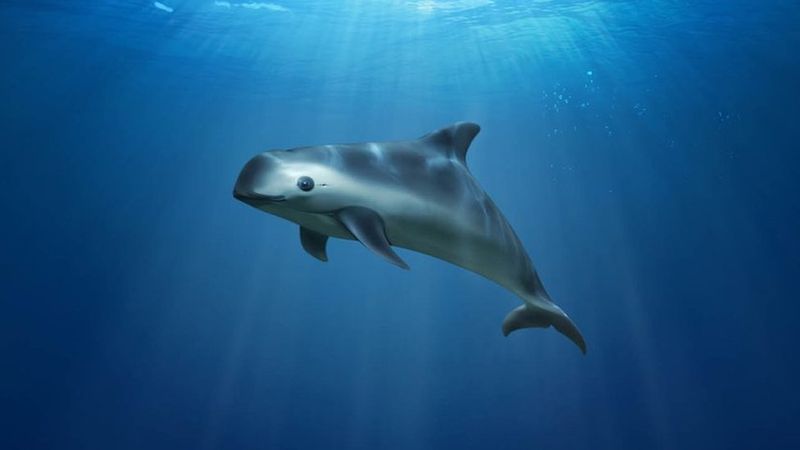
Measuring just five feet long, the vaquita holds the unfortunate title of world’s most endangered marine mammal. Fewer than 10 remain in Mexico’s Gulf of California, their only home. These tiny porpoises sport dark eye rings and mouth patches that make them look perpetually smiling.
Despite never being directly hunted, vaquitas become accidental victims in fishing nets meant for other species. Their population has plummeted by 95% since 1997.
International conservation efforts now focus on eliminating illegal fishing in their habitat, but time is running dangerously short for these diminutive sea mammals.
3. Amargosa Vole – Desert Survivor
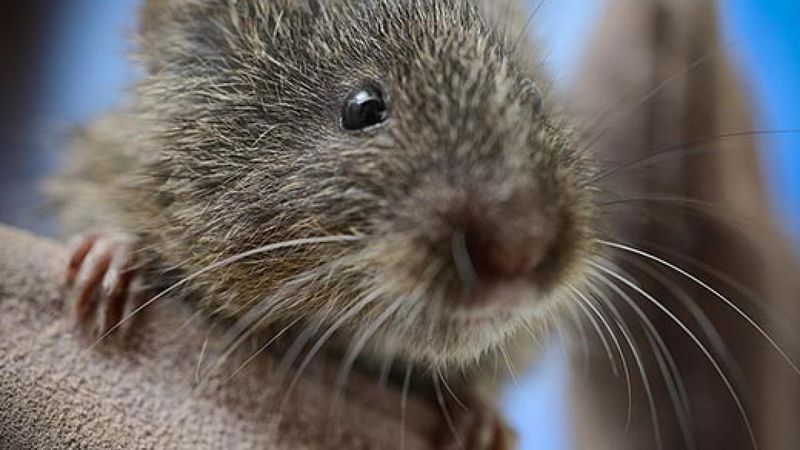
Looking like a plump mouse with cinnamon-brown fur, the Amargosa vole survives in just a few marsh patches in California’s Mojave Desert. Imagine a rodent that needs wetlands to survive in one of America’s driest places!
Climate change and water diversion have shrunk their already tiny habitat to less than 10 acres total. A severe drought in 2010 nearly wiped them out completely, with fewer than 100 individuals remaining.
Scientists now maintain emergency breeding colonies while working to restore marsh habitat. Without these efforts, these remarkable desert-dwelling wetland specialists would likely disappear within years.
4. Ocelot – Fading Jungle Cat
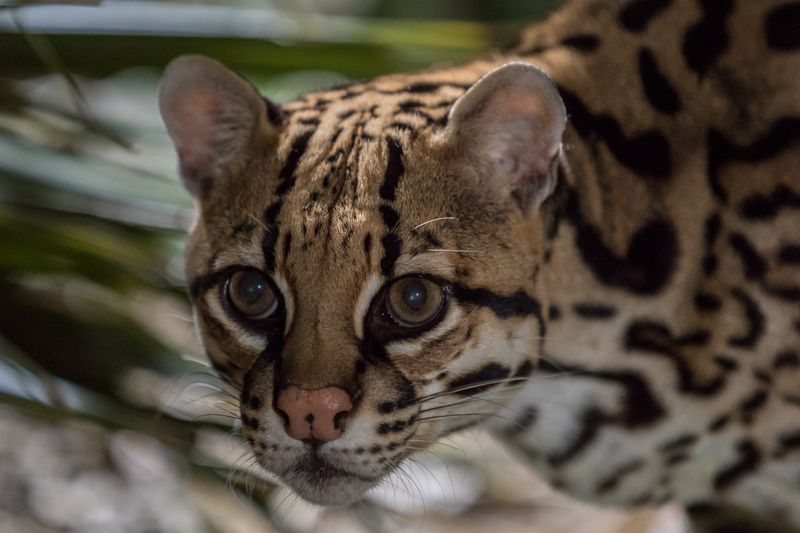
With a golden coat covered in dark rosettes and stripes, the ocelot once roamed throughout the southern United States. Today, fewer than 50 wild ocelots remain in America, all confined to a small area in southern Texas.
Road mortality poses their greatest threat – these twice-the-size-of-housecats felines frequently become roadkill victims while hunting or searching for mates. Their specialized habitat needs make them particularly vulnerable to development and agricultural expansion.
Wildlife crossings and habitat corridors offer hope for reconnecting isolated populations. Some conservationists dream of reintroducing ocelots to parts of their former range in Arizona and Louisiana.
5. Key Deer – Island Miniatures
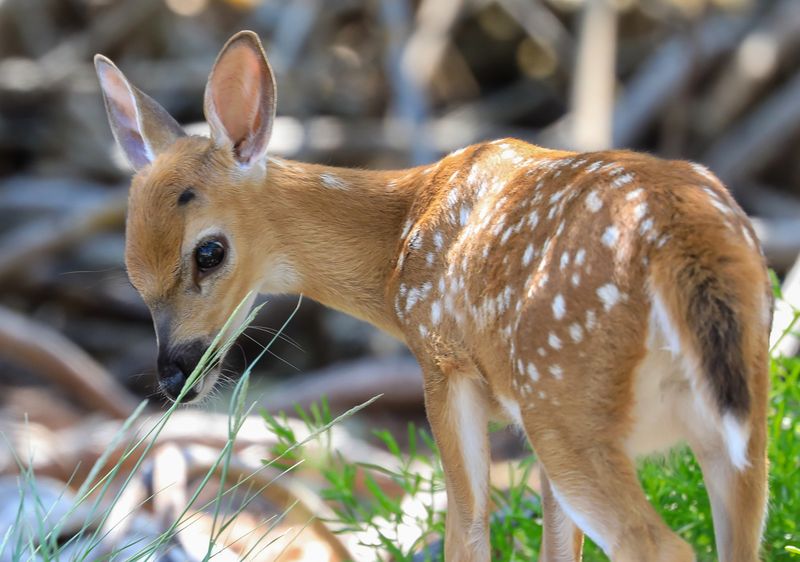
Standing just 30 inches tall at the shoulder, Key deer resemble miniature versions of their white-tailed cousins. Found only on a handful of islands in Florida’s Keys, these pint-sized deer have adapted to island life by shrinking over generations.
Hurricane Irma devastated their habitat in 2017, while rising sea levels threaten to submerge the low-lying islands they call home. Vehicle collisions remain their leading cause of death despite reduced speed limits.
Their population hovers around 600 individuals – a significant improvement from just 25 deer in the 1950s but still perilously low. Their trusting nature around humans further complicates conservation efforts.
6. Mexican Gray Wolf – The Lobo’s Last Stand

Howling across the moonlit deserts and mountains of the Southwest, Mexican gray wolves once numbered in the thousands. By 1976, hunting and government eradication programs had reduced them to just seven individuals in captivity – none remained in the wild.
Smaller and more reddish than their northern relatives, these wolves face intense opposition from ranchers concerned about livestock predation. Illegal shooting continues to hamper recovery efforts despite legal protections.
Today, approximately 200 Mexican wolves roam parts of Arizona and New Mexico. Though still critically endangered, each wild-born pup represents hope for this subspecies once thought lost forever.
7. Sonoran Pronghorn – Desert Speedster
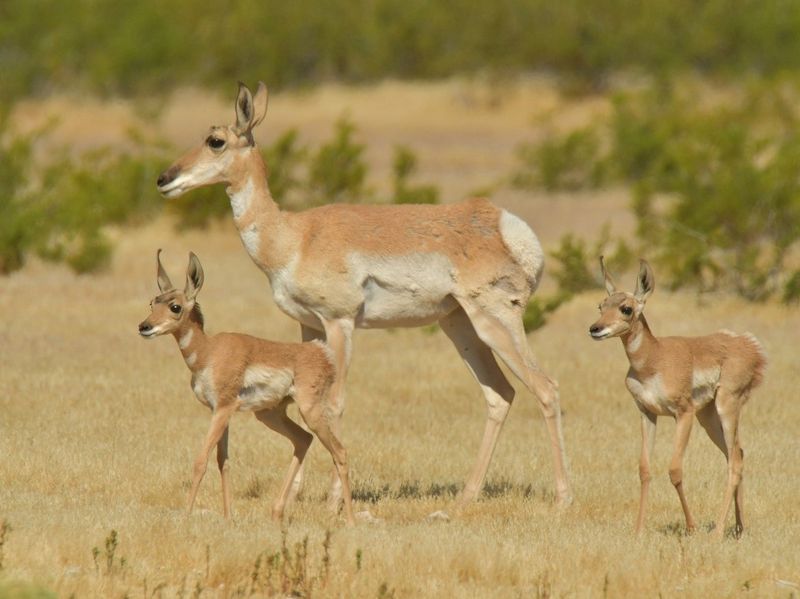
Built for speed with hollow hair for insulation and oversized lungs and heart, Sonoran pronghorn can sprint at 60 mph across desert flats. Unlike true antelopes, these uniquely North American mammals shed the outer sheaths of their distinctive forked horns annually.
Drought poses their greatest threat – in 2002, a severe dry spell reduced their U.S. population to just 21 animals. Border walls now fragment their habitat, preventing natural migration patterns that helped them survive previous climate fluctuations.
Conservation efforts include emergency water stations and captive breeding programs. Approximately 200 now survive in Arizona, with additional populations in Mexico still facing significant challenges.
8. North Atlantic Right Whale – Giants On The Edge
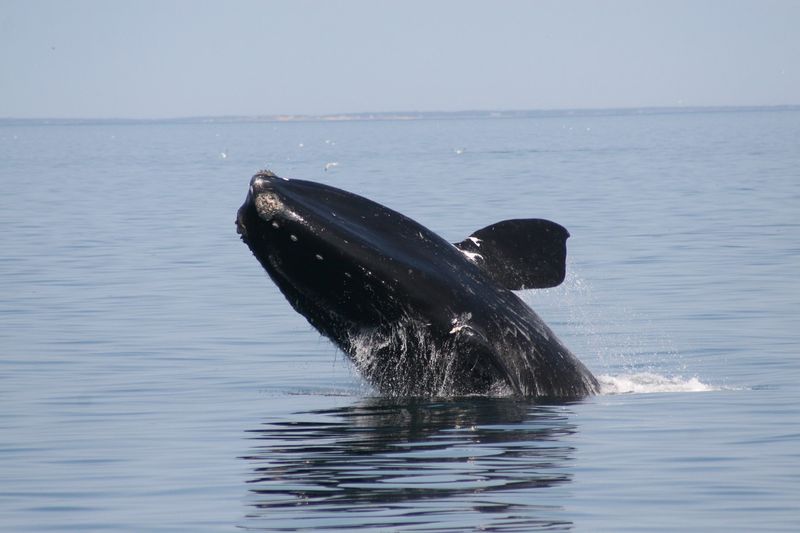
Reaching 52 feet long and weighing up to 70 tons, North Atlantic right whales got their name from being the “right” whales to hunt – they swim slowly and float when killed. This gentle giant’s population has dwindled to fewer than 350 individuals.
Ship strikes and fishing gear entanglement cause most deaths today. Females now give birth just once every 6-10 years instead of every 3-5 years, further slowing recovery. Climate change disrupts their food supply as warming oceans alter plankton distribution.
Mandatory ship speed restrictions in critical habitats offer some protection, but without additional measures, these magnificent creatures could become extinct within decades.
9. Alabama Beach Mouse – Dune Dweller
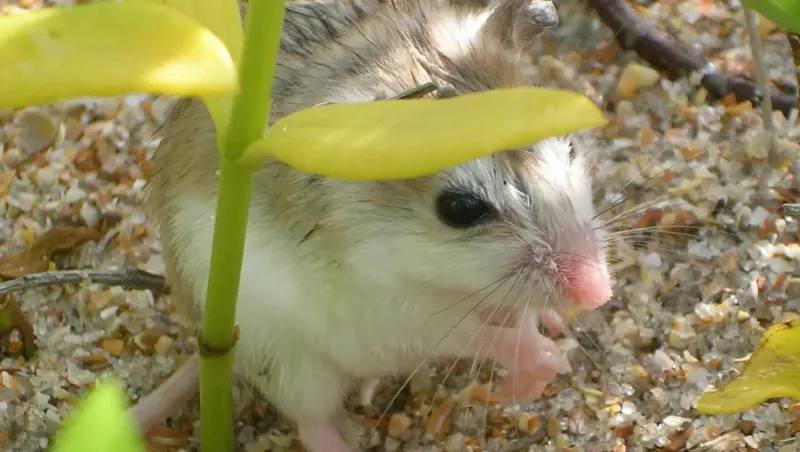
Pale as moonlight with large eyes and ears, the Alabama beach mouse has evolved to perfectly match the white sand dunes it calls home. These tiny rodents play a crucial ecological role by dispersing seeds that help stabilize fragile coastal ecosystems.
Hurricane damage, beachfront development, and predation by domestic cats have destroyed much of their specialized habitat. Rising sea levels threaten to inundate remaining dune systems.
Fewer than 500 individuals survive along a narrow strip of Alabama’s Gulf Coast. Conservation efforts focus on dune restoration and protecting remaining habitat corridors, but these mice remain just one major hurricane away from potential extinction.
10. Gray Wolf – Comeback King

Nearly exterminated throughout the lower 48 states by the 1950s, gray wolves have made a remarkable recovery in several regions. Their reintroduction to Yellowstone National Park in 1995 sparked one of conservation’s greatest success stories.
These intelligent pack hunters now thrive in the Northern Rockies, Great Lakes region, and Pacific Northwest. Their return has restored natural balance to ecosystems long missing their top predator, controlling deer and elk populations while benefiting countless other species.
Despite ongoing controversies with ranchers and hunters, wolf populations continue expanding their range naturally. Their resilience demonstrates how protected species can recover when given adequate habitat and legal protection.
11. American Bison – From Millions To Hundreds To Thousands
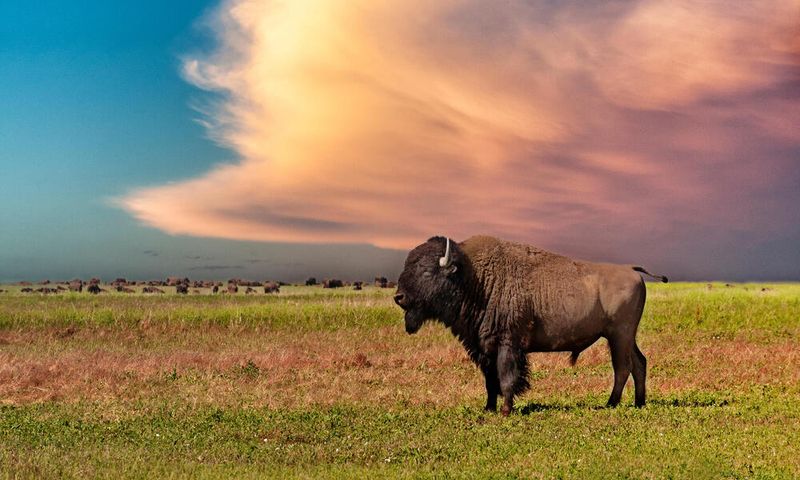
Once numbering 30-60 million across North America, bison were reduced to fewer than 1,000 individuals by 1890 through systematic slaughter. America’s largest land mammal faced certain extinction before conservation efforts began.
Today, approximately 500,000 bison exist, though only about 30,000 live in conservation herds. The remainder are raised primarily for meat. Genetic testing reveals that many herds contain cattle DNA from past crossbreeding attempts.
Despite these challenges, wild bison once again roam parts of their ancestral range. Their return to tribal lands holds special significance for Native American communities working to restore both the animal and cultural practices tied to them.
12. Sea Otter – Ocean’s Furry Engineers

Hunted to near extinction for their luxurious fur, sea otters once disappeared from most of their Pacific coast range. By 1911, perhaps just 2,000 remained hidden in remote Alaskan waters.
These charismatic marine mammals lack blubber, relying instead on the densest fur of any animal (up to one million hairs per square inch) for insulation. They’re also ecological keystone species – by eating sea urchins, they protect kelp forests that provide habitat for countless other creatures.
Protected status has allowed their recovery to approximately 100,000 individuals. Though still absent from much of their historical range, their return to California’s coast demonstrates remarkable resilience against seemingly impossible odds.
13. Mountain Lion – Shadow Cat Adapting
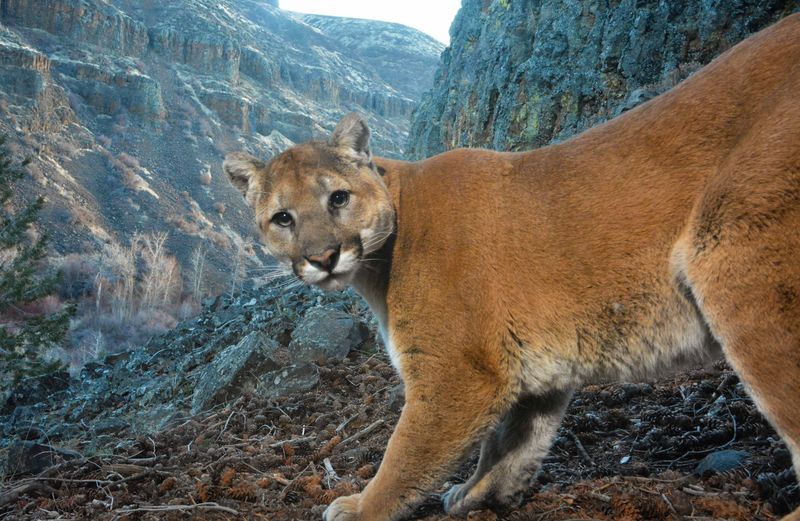
Known by many names – cougar, puma, panther, mountain lion – these adaptable cats have maintained populations throughout western North America despite intense persecution. They’ve even begun reclaiming eastern territories where they were exterminated a century ago.
Mountain lions demonstrate remarkable adaptability to human-dominated landscapes. Some populations now successfully hunt in the outskirts of major cities like Los Angeles and Denver, navigating fragmented habitats and highway crossings.
Their ability to maintain genetic diversity despite habitat fragmentation offers conservation lessons. While still facing threats from habitat loss and hunting, their flexibility and secretive nature have allowed them to persist where other large predators have vanished.
14. Beaver – Nature’s Engineers Making A Splash
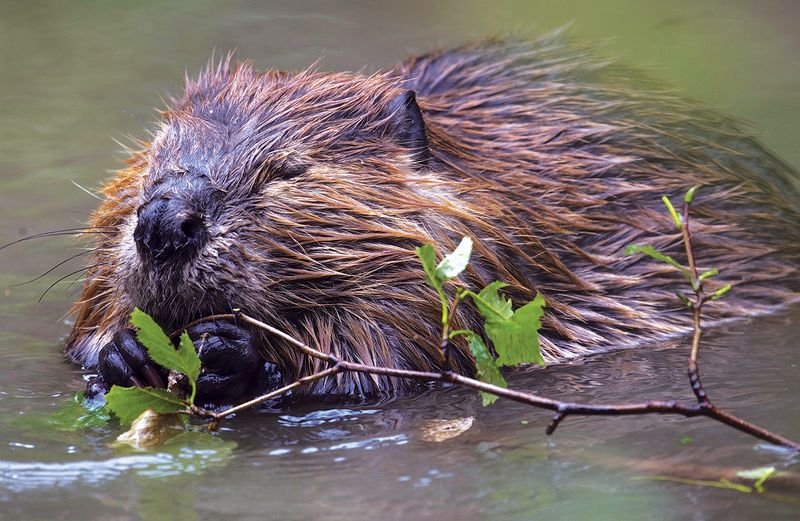
Nearly trapped to extinction for their valuable fur, North American beavers have staged a remarkable comeback across the continent. These industrious rodents transform landscapes by building dams that create wetlands teeming with biodiversity.
Scientists now recognize beavers as ecosystem engineers whose activities benefit countless other species. Their ponds slow water flow, reduce flooding, filter pollutants, and create drought-resistant water reserves – services increasingly valuable in a changing climate.
From just scattered remnant populations in the early 1900s, beavers have reclaimed much of their historic range. Their recovery story demonstrates how a single species’ return can restore entire ecological systems and provide natural climate solutions.
15. White-tailed Deer – Suburban Survivors
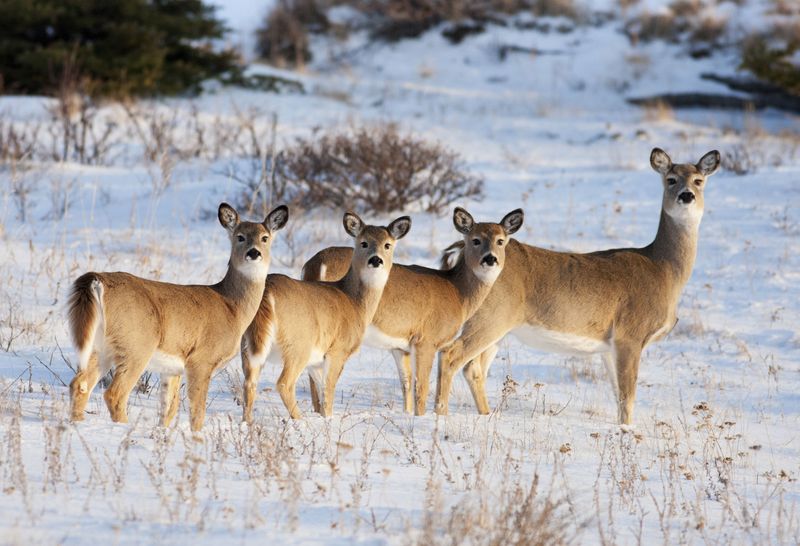
Reduced to just 300,000 individuals by 1900 due to unregulated hunting, white-tailed deer have rebounded to an estimated 30 million today – possibly more numerous now than before European settlement! Their success story demonstrates remarkable adaptability.
Unlike species requiring pristine wilderness, white-tailed deer thrive in fragmented landscapes. Suburban neighborhoods provide a perfect habitat: abundant ornamental plants for food, protection from predators, and hunting restrictions. In many areas, their populations have grown so large that they damage forest ecosystems.
Their ability to adapt to human-modified environments offers valuable lessons about which traits help species survive in our rapidly changing world. Few conservation stories match their dramatic population recovery.

